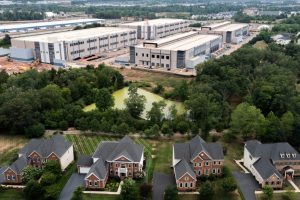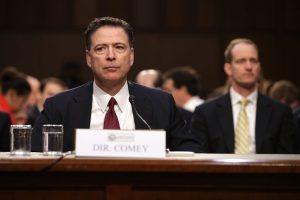Members of the Comprehensive Property Tax Task Force meet in Sioux Falls on June 25, 2025. (Makenzie Huber/South Dakota Searchlight)
SIOUX FALLS – Lawmakers on a summer task force hope to propose legislation that will cut the average South Dakota homeowner’s property taxes by at least 50%.
Task force co-chair and Senate President Pro Tempore Chris Karr, R-Sioux Falls, encouraged members during a meeting Wednesday at the University of South Dakota’s Sioux Falls campus to look at all options to cut budgets, reallocate funding, or raise or implement other taxes in order to achieve the group’s goal.
“If we’re going to actually go through this exercise of looking for property tax relief, then we have to turn over each rock, all of these rocks,” Karr said. “Even if I don’t believe I’m going to find what I’m looking for, I feel like there’s an obligation to look underneath and see what’s there.”
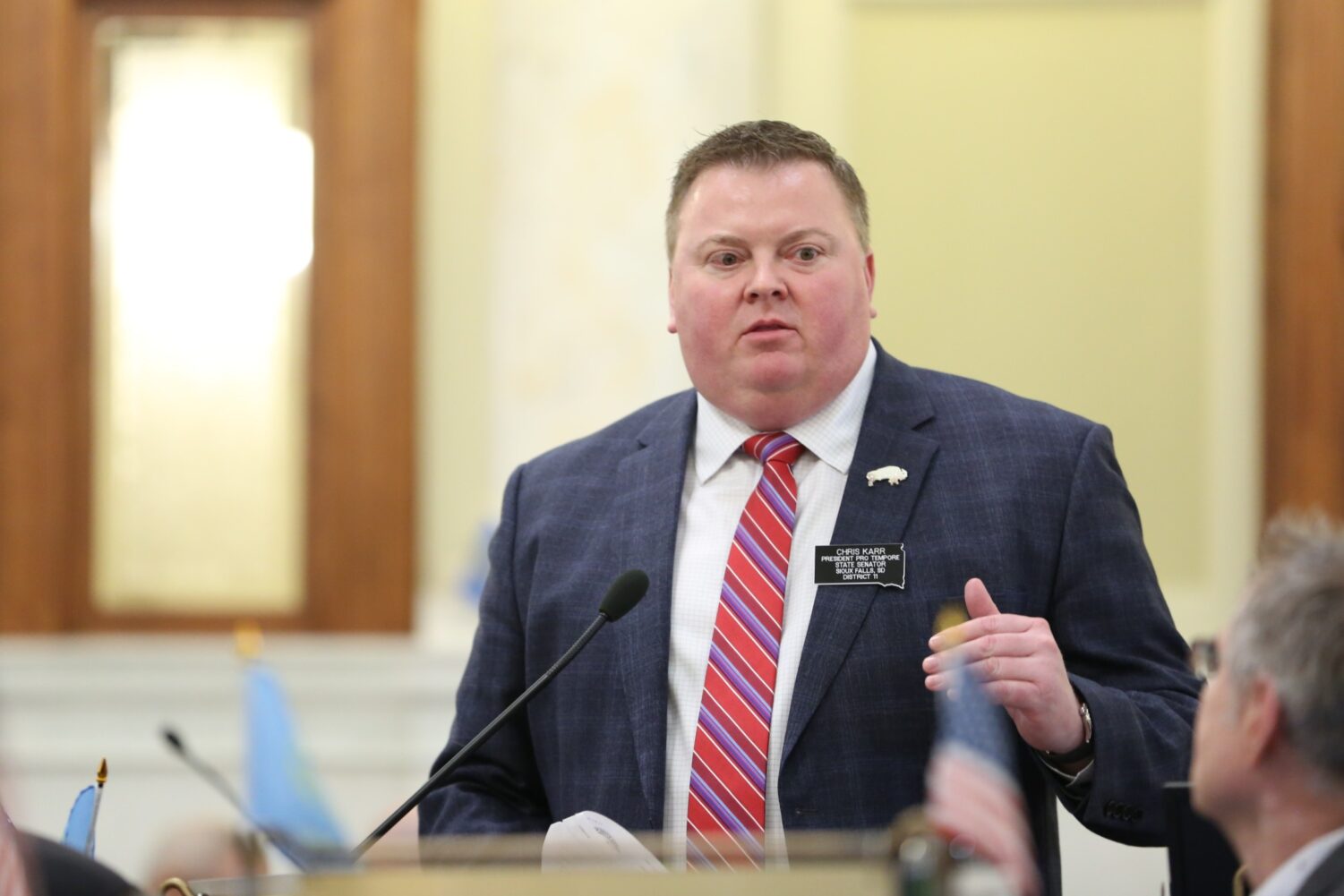
Lawmakers adopted Republican Gov. Larry Rhoden’s proposal earlier this year to slow property tax increases with multifaceted reforms including a five-year, countywide 3% cap on growth in owner-occupied home assessments. That new law will take effect next week. Rhoden has also proposed an optional county-level sales tax of a half-percent to offset participating counties’ property taxes on owner-occupied homes.
Another idea pitched by Sen. Jim Mehlhaff, R-Pierre, on Wednesday would separate school funding from property taxes and create a new state sales tax of 1% dedicated to education funding. The 1% tax would apply to most products and services that are currently exempted from sales taxes, and would stack on top of the existing state sales tax rate of 4.2% for other transactions.
Lawmakers plan to discuss both ideas and others that might arise throughout the summer as they consider introducing legislation next winter to ease the tax burden for homeowners. The task force was created during this year’s legislative session.
According to a presentation from the Legislative Research Council, the amount paid in property taxes by South Dakota homeowners increased 38.8% between 2020 and 2024. Owner-occupied properties accounted for 44.3% of total property taxes paid in the state in 2024.
Local government officials and representatives warned the group repeatedly Wednesday against knee-jerk reactions to recent increases and asked for consideration of the consequences of limiting revenue for local governments. Some members of the public encouraged lawmakers to make cuts or eliminate property taxes altogether.
GET THE MORNING HEADLINES.
Counties: Reduce unfunded mandates or open another revenue source
Counties and schools depend on property taxes for much of their revenue, while cities receive some property tax revenue but are more dependent on sales taxes. The state also depends on sales taxes and does not receive any revenue from property taxes.
County representatives told committee members that their budgets are already bare-bones.
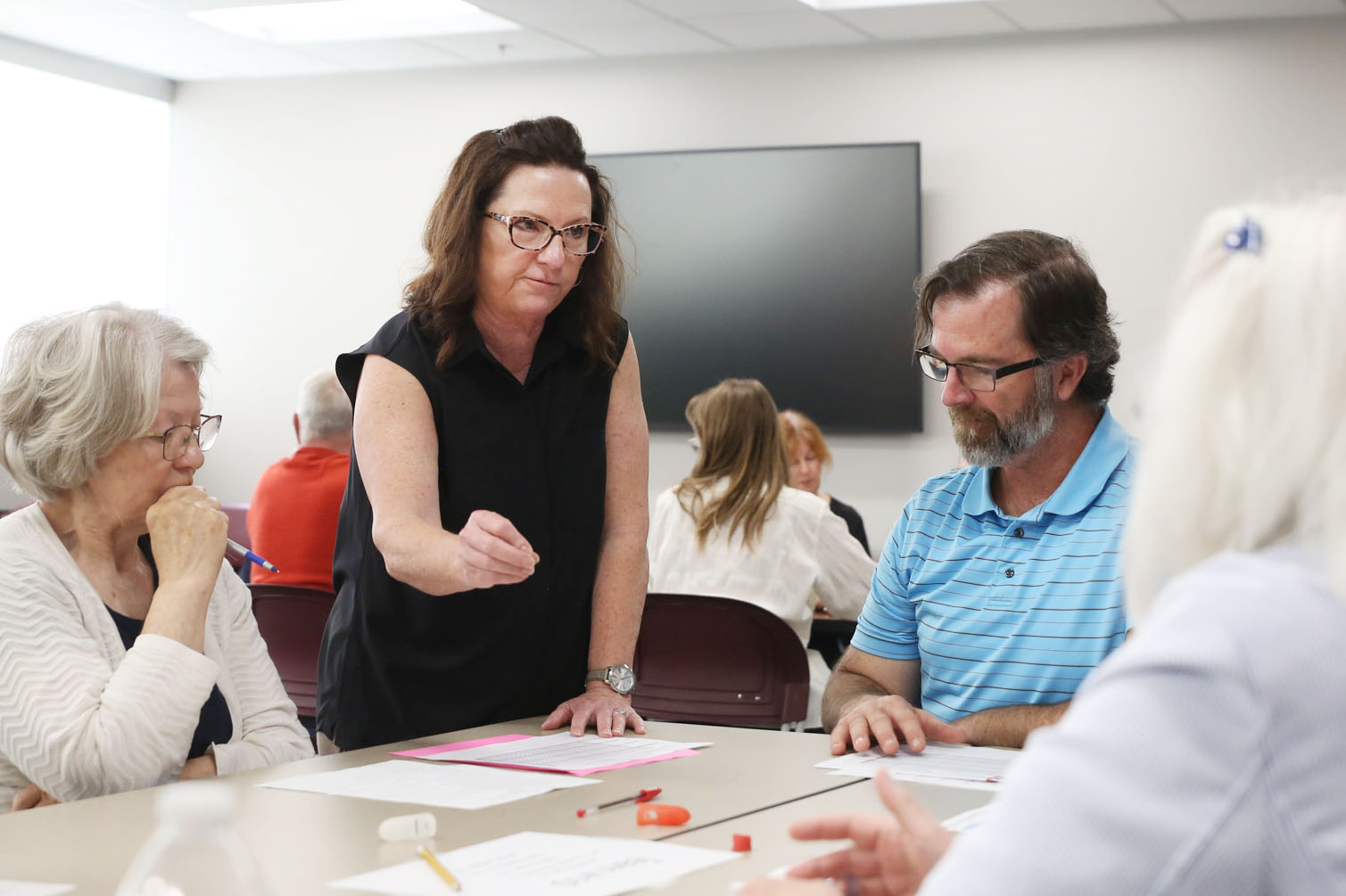
Minnehaha County Auditor Leah Anderson said her county is losing money to complete some state-mandated services, such as mailing new license plates. Clay County Commissioner Geoffrey Gray-Lobe said his southeastern county cut its budget to essential services due to funding issues and decisions, despite high property taxes.
Any reductions in revenue would lead to cuts to infrastructure, road maintenance or public safety, county representatives warned, while saying about 80% of county budgets are spent on unfunded mandates imposed by the state.
Part of that cost includes public defenders and state’s attorneys required to be provided and funded at the county level, said Dan Klimisch, a Yankton County commissioner and president of the South Dakota Association of County Commissioners.
“Reduce or eliminate unfunded mandates,” Klimisch said, “or give us another revenue source.”
Cities, schools warn of budget cuts
Mike Jaspers, Sioux Metro Growth Alliance board chair, said lower property tax revenues could hurt communities because they wouldn’t be able to build infrastructure to support eventual growth and have a “balanced community.”
“Down the road, my biggest fear is forcing the hand of communities of what they will look like versus what they’d like to look like,” Jaspers said.
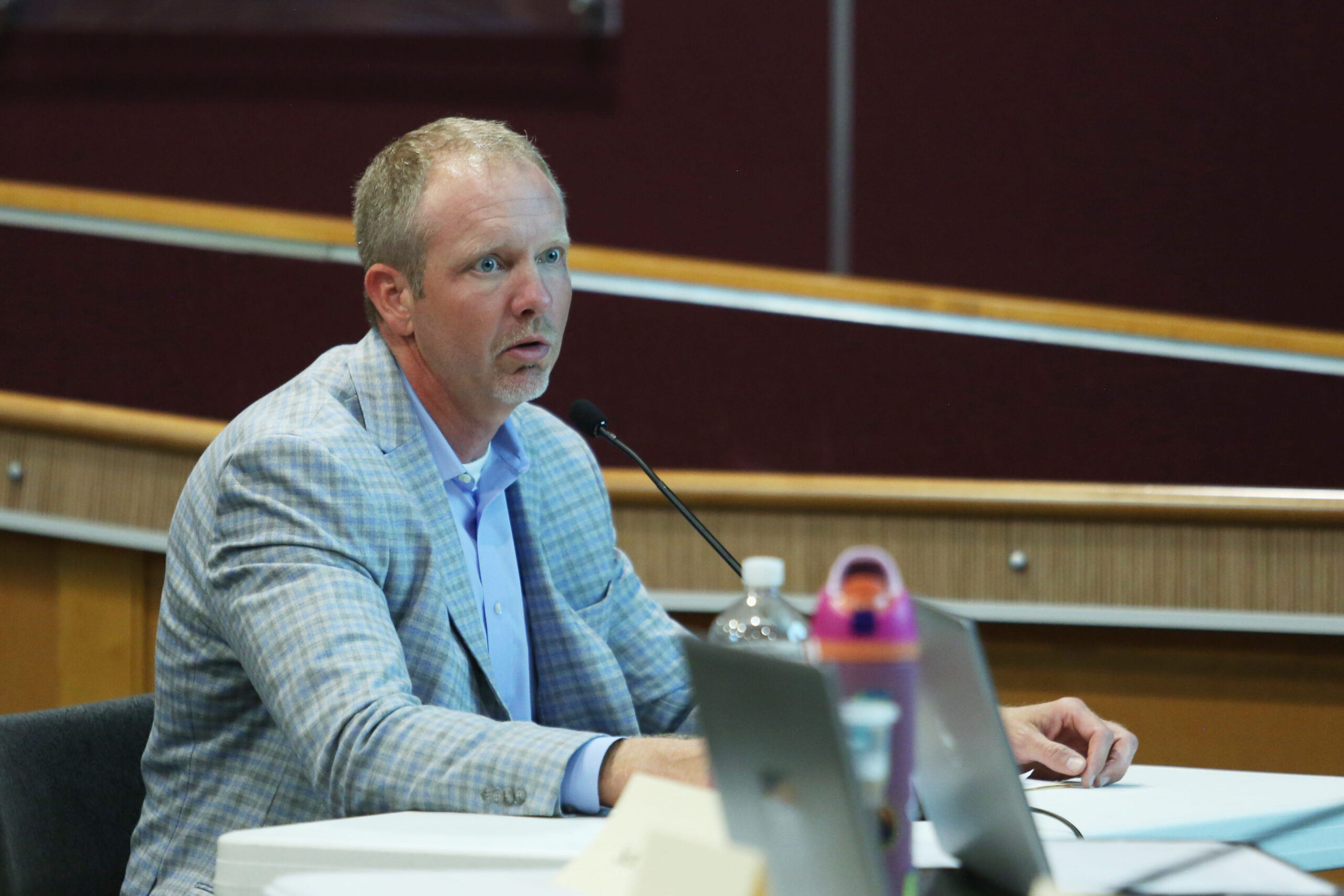
Sioux Falls Director of Finance Shawn Pritchett said the city experienced a 59% increase in expenses due to an increase in population and inflation over the past decade. The budget increased by 58% in that same timeframe.
“At its core, maintaining property taxes isn’t just about growing government,” Pritchett said. “It’s about trying to keep pace with our growing community.”
Amanda Mack, Harrisburg city administrator, listed millions of dollars of costs to build roads and a new fire station to accommodate the city’s growth. South Dakota’s impending property tax changes, including a cap on the amount of growth that can be factored into property tax increases, will force the city to take on more debt, she said.
“These needs will not go away nor can they be ignored,” Mack said.
Jamie Nold, incoming superintendent for Sioux Falls School District, said the state’s largest district eliminated $3 million from this year’s budget, will do the same next year, and will reduce the budget by $1.5 million the year after to make up for less-than-desired state funding increases.
“People want to come here for the amenities that they have, not for the things they don’t have,” Nold said.
Some local governments seek to opt out of property tax limitations
According to the Legislative Research Council presentation, 69 taxing districts exercised their right to opt out of property tax limitations in fiscal year 2025, in order to raise more revenue. About 94% of those were approved without a public vote.
Most of the opt-outs happened in school districts, accounting for about $10 million in new opt-outs in fiscal year 2025. Less than $4 million in opt-outs were initiated by counties.
The number of active opt-outs among schools decreased from 66 in 2020 to 62 in 2024, though the total funding from opt-outs increased from $31.1 million to $34.1 million. The highest active opt-out is in Sioux Falls, at $11 million annually.
“As we look at opt-outs, we need to understand why they exist and how local governments have had to make that determination,” said Sen. Randy Deibert, R-Spearfish. “We can’t lump them all together.”




